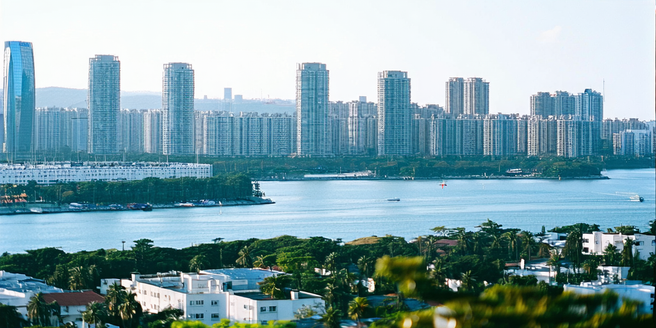Gentrification And Rental Market Changes

Understanding Gentrification: A Brief Overview
Gentrification is a complex phenomenon involving the transformation of urban neighborhoods, often led by the influx of more affluent residents and an increase in property values. Initially, it can bring much-needed investment and amenities to areas long neglected by economic development. However, this change often leads to the displacement of lower-income families and small businesses who can no longer afford rising rents and living costs. While gentrification can revitalise a community, it is essential to understand the socio-economic shifts it brings, including the loss of cultural diversity and local identity. The challenge lies in fostering development without compromising the well-being and stability of existing communities. A thorough analysis of both the positive and negative effects of gentrification is essential for stakeholders aiming for urban regeneration.
Historical Context and Origins of Gentrification
The term ‘gentrification’ was first coined by sociologist Ruth Glass in 1964, describing changes she observed in London. However, the origins of this urban process are rooted in broader historical, economic, and social changes. In post-industrial cities, shifts away from manufacturing to service-based economies led to urban decline in many neighborhoods as jobs moved to suburbs and overseas. The late 20th century saw a deliberate push by policymakers to attract middle-class residents back into inner cities to revitalize them. This shift, often involving architectural preservation and the promotion of urban amenities, laid the groundwork for gentrification. Such policies were particularly evident in cities with deteriorating infrastructure and high crime rates. Understanding this context is crucial to comprehending modern gentrification patterns and the policy decisions that can either mitigate or exacerbate its impacts.
Impact of Gentrification on Local Communities
Gentrification significantly impacts local communities, with both beneficial and adverse consequences. On the advantageous side, it can lead to improved infrastructure, better public services, and increased safety due to heightened investment and interest in the area. However, these benefits often come with a steep cost for long-standing residents. Rising property values and rental prices can make it increasingly difficult for original inhabitants to afford to stay, leading to displacement. This shift can erode the cultural fabric and social cohesion of communities, disrupting established networks that provide support and resilience. Moreover, small businesses catering to lower-income residents may struggle to survive as the demographic profile shifts. While gentrification may bring economic growth, equitable policies are crucial to ensure that the gains are not limited to newcomers at the expense of original community members.
How Gentrification Influences Rental Prices
The influence of gentrification on rental prices is profound and direct. As wealthier residents move into traditionally lower-income neighborhoods, demand for housing increases, driving up rental prices. Property owners, anticipating a higher-income tenant base, are likely to raise rents further, capitalizing on the improved amenities and desirability of the area. This pattern exacerbates affordability issues for low-income residents, who may be priced out of their homes. Gentrification can lead to landlords prioritizing renovations that attract higher-paying tenants, sometimes at the expense of maintaining affordable housing. The resulting surge in rental prices not only affects residing tenants but also impacts those seeking housing in the area. Policymakers are challenged to implement measures, such as rent controls or affordable housing mandates, to balance the economic incentives of urban revitalization with the housing needs of all community members.
Case Studies: Cities Affected by Gentrification
Numerous cities worldwide illustrate the diverse impact of gentrification. In New York City, neighborhoods like Williamsburg and Harlem have experienced substantial change as new businesses and residents shift the socio-economic landscape. Similarly, San Francisco’s Mission District has seen a transformation driven by the tech boom, leading to skyrocketing rents and community tensions. In London, areas such as Shoreditch have evolved from industrial zones to trendy hotspots, drawing artists and professionals but also increasing living costs. Internationally, cities like Berlin face similar challenges, with rising rents and debates on housing policies dominating public discourse. Each city offers unique insights into the causes, processes, and outcomes of gentrification, highlighting the need for tailored approaches to urban development that safeguard against displacement and maintain community diversity.
Balancing Development and Community Needs
Balancing urban development with community needs is a critical challenge in gentrifying neighborhoods. As cities invest in infrastructure and attract economic growth, ensuring that long-standing residents benefit is pivotal. This means prioritizing affordable housing, supporting local businesses, and maintaining cultural landmarks. Effective urban planning should involve community stakeholders in decision-making processes to create development that serves diverse interests. Policies that promote inclusivity, such as mixed-income housing and community land trusts, can mitigate displacement effects. Collaboration between governments, developers, and residents is essential to achieve a balanced approach where growth does not come at the expense of social equity. By fostering participation and considering the perspectives of all community members, cities can nurture environments where economic progress and cultural preservation coexist.